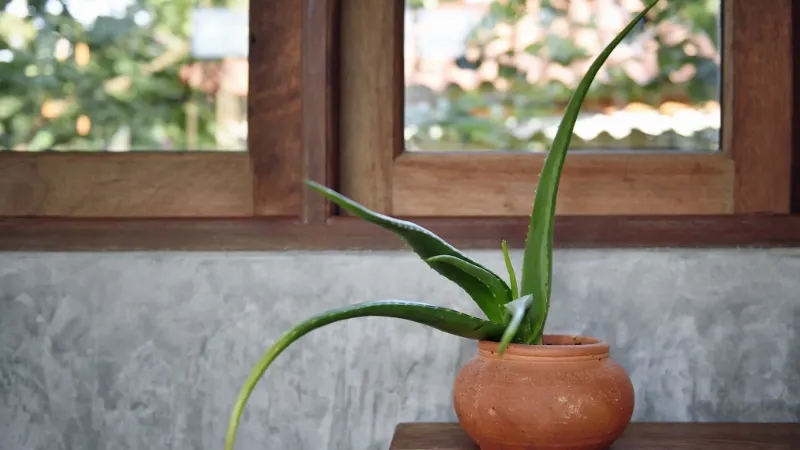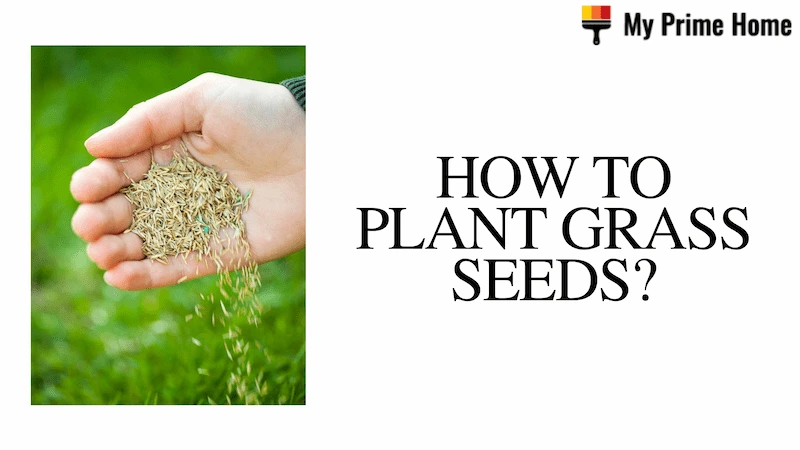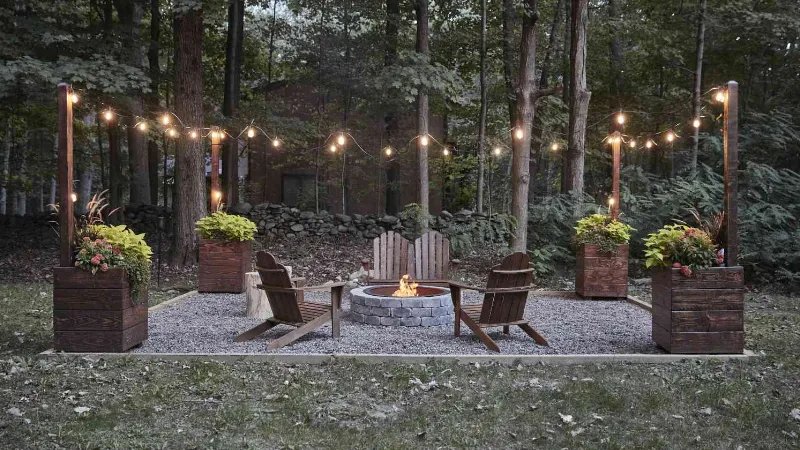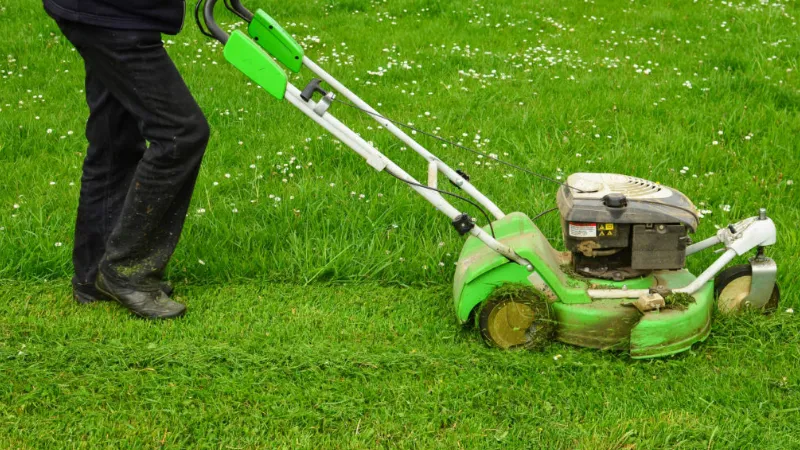The adaptability of aloe plants has probably been mentioned numerous times. So what does it mean if yours begins to droop? Don’t despair! Droopy aloe plants are actually quite common and there are a lot of reasons they might do this. You can troubleshoot a solution for your aloe plant by going through our list of causes. It might begin to perk up with some caution.
Why is my aloe plant drooping? A sign of one of the many issues preventing an aloe plant from thriving is a plant with drooping leaves. There are a number of factors that can contribute to this, such as excessive watering, poor drainage, underwatering, disease, pests, heat stress, transplant stress, improper lighting, or being pot-bound.
Please continue reading to learn more.
Why is My Aloe Plant Drooping?
When taking care of aloe plants, drooping is a very common question. Let’s examine the common causes of your aloe vera plant’s drooping. In addition to advising you on what to look for in order to identify the root of the problem, we will also provide you with solutions.
Overwatering
Aloes’ leaves may droop if their roots become rotted by excessive moisture. Make use of your fingernail to rake the soil. Your plant is receiving excessive moisture if it feels soggy or if there is standing water. Reduce the amount of watering to give your aloe a chance to dry out.
- Most aloe plants are content to go several days or even a week in between watering.
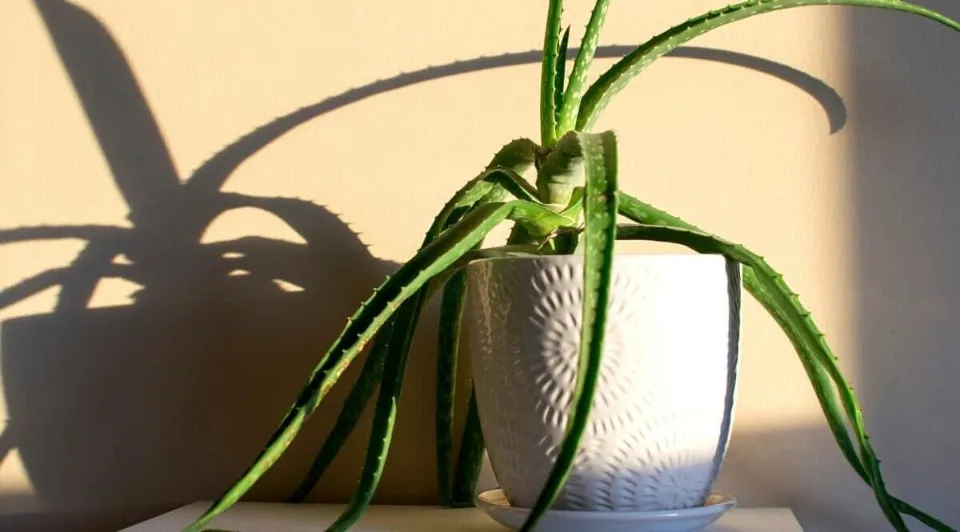
Underwatering
If the soil feels dry to the touch, check for water. The leaves of aloe vera plants can curl inward and droop even though they prefer dry environments. Water just enough to saturate the soil or stop as soon as you see water draining out of the pot.
- In between watering sessions, allow your aloe vera to dry out.
It Lacks Drainage
Your aloe may be struggling and wilting as a result of improper drainage, which is a continuation of the overwatering problem. Ensure your aloe vera is planted in well draining soil and ensure that there is a drainage hole in the bottom of its pot. In order to maintain the health of the plant, this enables the soil to dry out in between watering.
Too Cold Temperature
In temperatures below 50°F (10°C), your plant may droop. The aloe plant may wilt in cold weather because it prefers hot, dry conditions. If at all possible, move your aloe indoors or into a room that is warmer in your house. Within a few days of being relocated to a warm location, your plant will typically start to flourish.
- If you are unable to bring your aloe indoors and the local weather is particularly chilly, cover the base of the plant with fleece or bubble wrap to prevent the roots from freezing.
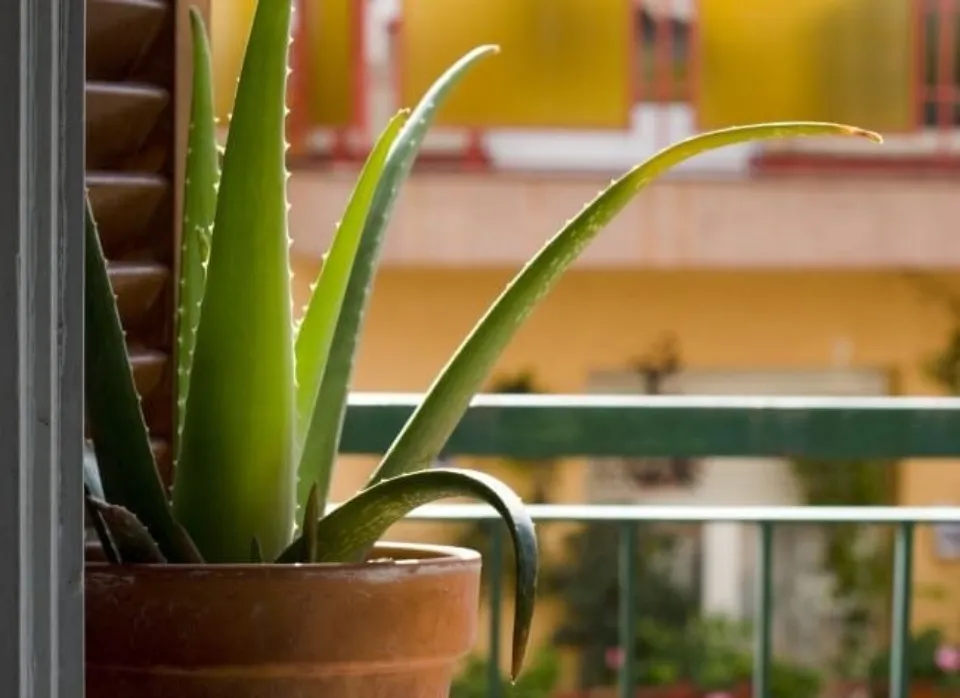
Too Hot Aloe Plant
Your aloe plant might start to shrivel or curl if the weather has been hot and dry. Aloe plants thrive in warm weather, but if the temperature has exceeded 95°F (35°C), your plant may be suffering. A cooler or shadier location is preferable for your plant, if it is possible. Give your aloe some water even if you can’t move it to hydrate the leaves and prevent them from curling so badly.
- If your area is dryer or hotter than usual, you may need to adjust your watering schedule so you’re checking the plant more frequently.
Disease
Aloe plants can contract specific diseases even though they typically require little maintenance. There are a few bacterial and fungal diseases to watch out for. These include:
Aloe Rust: Aloe rust is a fungal disease that may occur if there is too much moisture in the environment or if the temperature is too cool. These conditions allow the fungus to thrive.
This illness can be identified by the appearance of small yellow spots that grow into larger brown spots. On the underside of the leaves, orange spores can also develop. Normally, this disease self-limits, but make sure the aloe is not overwatered and that the temperature is appropriate.
Basal Stem Rot: When a plant is exposed to excessive moisture, a fungus called basal stem rot can develop. The aloe’s base starts to rot or turn brown, which is how you can recognize it.
This is very harmful to the plant’s health, and it might need to be trimmed to save the parts of the plant that are unaffected.
Bacterial Soft Rot: The aloe plant suffers from a bacterial infection that results in watery, wilting leaves. If your leaves are wilting and drooping, this is the most likely cause. Overwatering is frequently to blame for this, as the extra moisture promotes the growth of the bacteria. The aloe vera plant is frequently killed by this serious disease.
In general, if your aloe vera plant is drooping or you think it might be sick, act quickly to figure out what’s wrong and try to fix it. As you can see, overwatering the plant is a common cause.
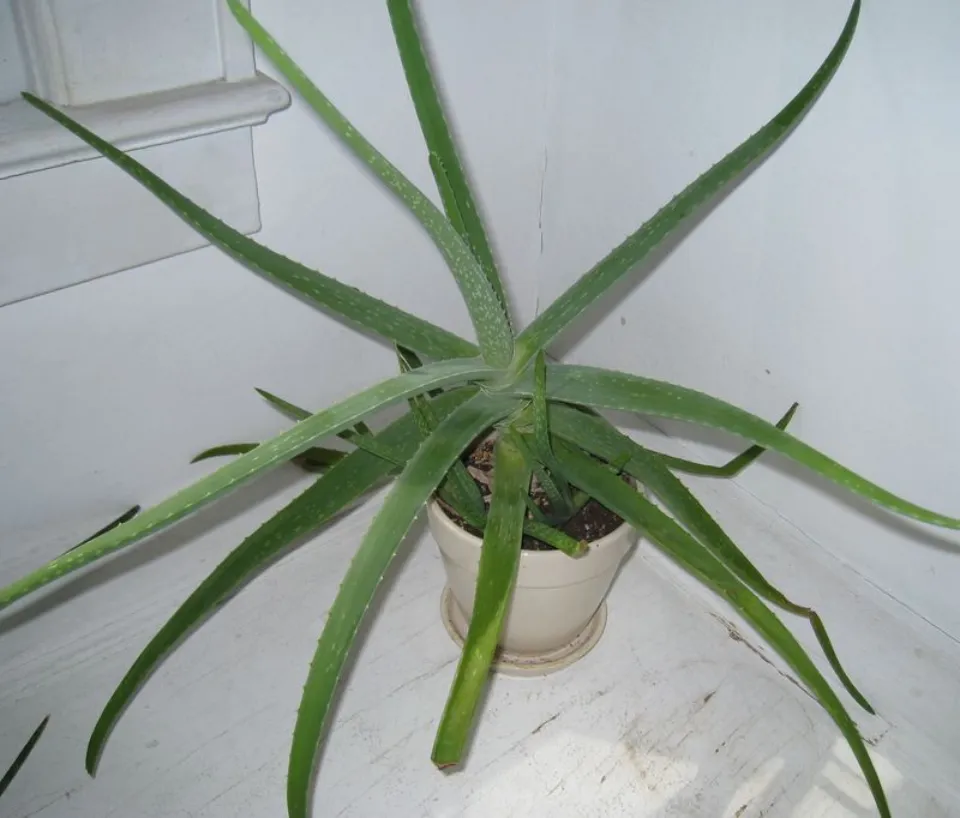
Pests
Aloe vera plants are susceptible to pest infestations. These pests frequently affect the plant’s leaves, which can cause leaves to die or begin to droop.
Aphids are one of the pests that aloe vera growers should be on the lookout for. A dying, drooping leaf can result from aphids sucking sap from the leaves.
Neem oil or horticultural oil should be used right away to treat any aloe that has an aphid infestation.
Heat Shock
Variable temperatures are another factor in an aloe vera plant’s tendency to droop. Aside from being kept in a temperature that is too high and too low, plants can undergo a temperature shock if they are quickly moved from one temperature to another.
Aloe vera plants should be kept between 60 and 75 °F (15 and 24 °Although the aloe vera plant can survive in temperatures outside of this range, it is best to keep it in this range (especially if you are keeping the plant indoors). Additionally, make sure that the range is not too wide because the plant thrives in stable temperatures.
Remember to acclimate your aloe plant to a new environment gradually to prevent a temperature shock. To reduce any shock that it might feel from this change, integrate it into the room at the new temperature for an additional hour each day.
Transplant Stress
An aloe plant frequently droops if it is housed in a container that is too small and prevents the roots from expanding sufficiently to support the plant. If this is the case, re-potting the aloe can be a solution. However, repotting creates a fresh problem known as transplant stress, which can happen when a plant has trouble establishing roots in its new environment.
You must properly transplant your aloe vera to avoid transplant stress and to have it in a pot that is the right size. Choose a new pot of an appropriate size – usually one size bigger than your last pot. To prevent any additional stress, make sure to carefully remove the plant and replant it in a similar setting.
Aloe plants are tough and generally quite adaptable. It ought to adjust to the change well as long as you are not placing it in a drastically different environment.
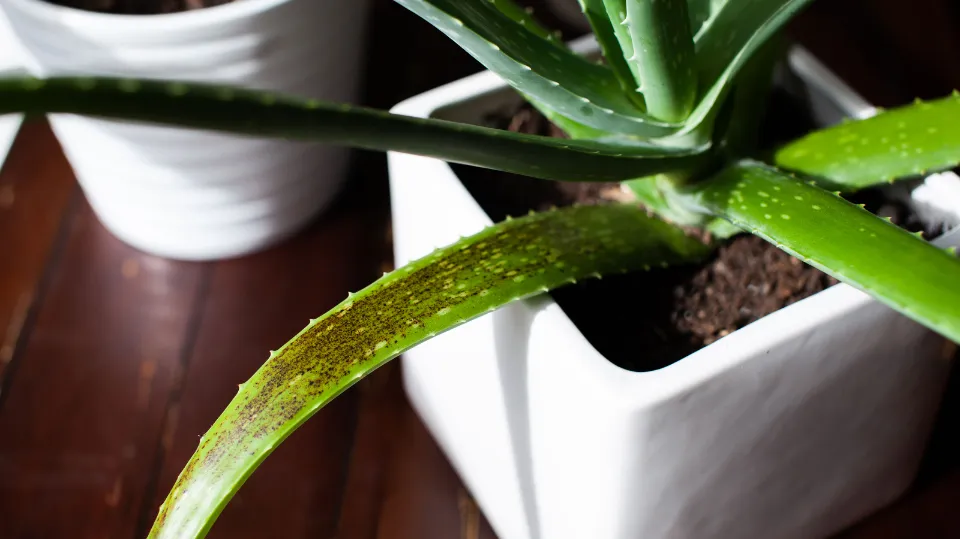
Incorrect Lighting
About six hours of direct sunlight per day are required for an aloe vera plant to flourish. This means that if you are keeping the plant indoors, it should be placed close to a window where it can get enough sunlight, preferably one that faces south. The plant may droop and wilt if it doesn’t get enough sun.
How much sun do aloe vera plants need? Avoiding shocking the plant by switching to different lighting all at once is another crucial lighting consideration. Instead, gradually increase the plant’s exposure to sunlight by about an hour each day so that it can adjust. You could burn the aloe vera if you don’t.
Your Aloe Plant Needs to Be Staked
In order to help your plant’s leaves grow straighter, give it extra support as it grows. Put three or four thin bamboo rods into the soil around the base of your plant if all of the leaves are wilting. To get the bamboo leaves to point upward, enlist the aid of a friend. After that, connect all of the rods by wrapping a string around them. To make an aloe-supporting cage, encircle the rods with a few more string circles.
- The bamboo and string will now support your friend when they let go of the leaves.
- You can keep the bamboo rods in place until the plant’s roots are well-established and its leaves start to emerge on their own.
- If you don’t want to make your own bamboo support, you could use a small garden support ring instead. It should be centered around your aloe, with the feet pushed into the ground.
The Container is Too Shallow
Put your aloe vera in a deep, well-draining container. The root system of your plant may not be able to develop deeply enough to stabilize it because of its excessive growth, which has caused it to become top-heavy. Locate a pot that is at least as large as the root ball of your aloe vera plant. Don’t forget to use loose, well-draining soil.
- Aloe vera plants grow well in terracotta containers. In between waterings, the porous material aids in soil drying out to prevent waterlogging of the roots.
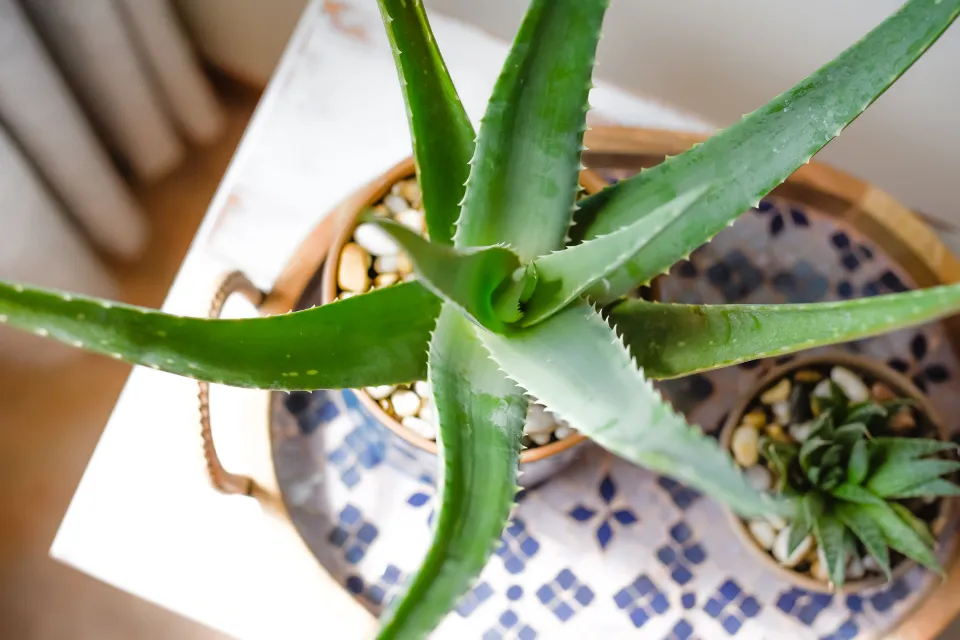
FAQs
Will Droopy Aloe Recover?
The leaves on your aloe plant ought to be uniformly green in color, firm, upright, and plump. An unhappy plant is one whose leaves are droopy, shriveled, or have brown or dead areas. But most of the time, you can fix the problem and restore your aloe to health. Overwatering aloes is their most frequent issue.
How Do I Get My Aloe Plant to Stand Up?
Replant your aloe in a deeper, sturdy and heavy pot so it will be supported. Aloes that lean tend to be simple to fix, but if you’ve tried fixing these problems and your plant is still drooping, you might want to stake it or divide it into smaller plants.
How Often Should I Water An Aloe Plant?
Aloe vera plants need deep, but infrequent, watering. Allow the soil to dry at least 1 to 2 inches deep in between waterings to prevent rot. Don’t let water sit on top of your plant. Water about every 3 weeks and even more sparingly during the winter.
Should I Cut Drooping Aloe Leaves?
Repotting the aloe in new soil is recommended if you notice any symptoms of root rot. Remove any damaged or dead leaves; by doing so, you’ll give the plant more energy to use to produce strong new shoots.
Summary: Why is My Aloe Plant Drooping?
I hope I’ve provided you with all the information you need to determine the cause of your aloe plant’s drooping and how to restore it to full health. As you can see, there are numerous possible causes for your aloe to droop.
You can act right away to address the issue once you’ve identified it. Aloe vera plants are hardy and tenacious and can endure a lot. As long as you are observant and diligent, you can get your aloe thriving in no time.
If you have any questions, please leave a comment. My Prime Home tries to give you the best home improvement information. Don’t forget to share the post. Thank you for reading.
You may also interested:
